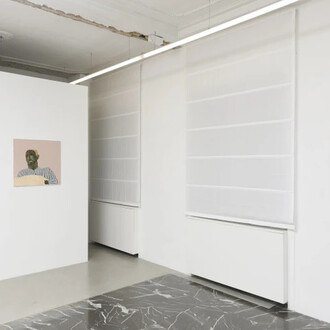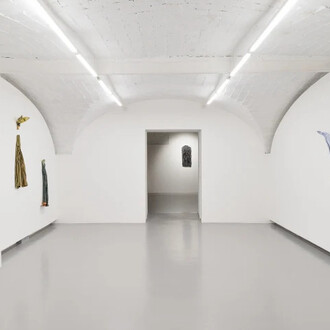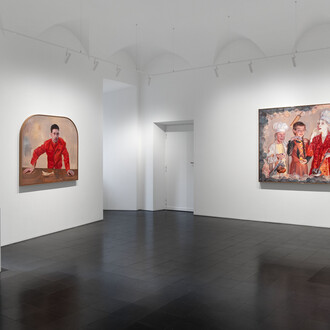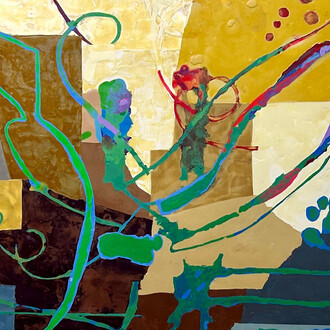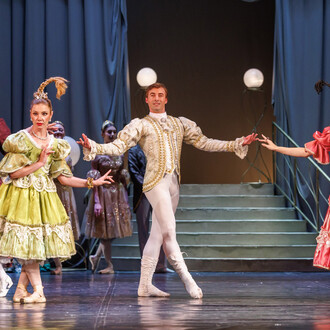z2o Sara Zanin Gallery is pleased to present Krištof Kintera’s first solo show at the gallery, No One Has Nothing, after his participation in the group shows Hidden Beauty (2018), curated by Marina Dacci, and You Got To Burn To Shine, curated by Teresa Macrì at La Galleria Nazionale, and his attendance to this year ’s edition of La Triennale di Milano.
Krištof Kintera’s research focuses on the theme of “post-natural” in order to create a complex social and political interrogation about our time, hoping to stimulate awareness on topical and contemporary issues. For Kintera, in the so-called “copper age”, based on the transmission of energy and information, Nature is compared to an huge nervous system and it is recreated through the use of waste materials that constitute our para-natural everyday habitat.
Kintera patiently investigates every possibility of sculpture and installation through the use of a wide range of materials and elements. Starting from different and various approaches to the medium and switching from one material to another, from one theme to another, from large scale long term complex projects to small scale easy gestures, he reinvents a new lexicon made by utopic and dystopic images referred to a collapsed universe. With sharp and ironical outlook, Kintera is unveiling common traumas and checking our attitudes to them.
The title of the exhibition, No One Has Nothing, plays a significant role in the comprehension of the universe designed by Kintera and reflects the artist’s way of working. Art should communicate in a very simple and direct way in order to construct a whole significant statement. Through a site-specific intervention in the gallery space, Kintera displays sculptures, installations and wooden boards in which the use of found materials focuses on the infinite variety and capability of the artist to give new life to inanimate objects.
Who we are? Where are we going?
The exhibition is a provocation, an input that lightly leads us with irony to questioning deep issues. The title itself is paradigmatic: is what we own that defines our identity or what we are able to preserve, transmit and share about our most intimate experience?
The first room is an anchor, a pop centrifuge that attracts passersby inside the gallery space. Music is syncopated, setting the intermittent lights and striking dialogues with sculptures and transparent manifestos, presented in an intentionally disorderly manner as in a notebook; ironical images and teenagers’ slogans wink at the spectator as real bites in the flesh of his research. The word humility plays a central role: it flutters on the white flag in the second room and modesty winks at a board displayed in the passage between the two rooms. Humility and modesty as attitudes that oddly play with a metal fence ripped out: protection as well as barrier. The title of the human silhouette standing beyond the barricade is also symbolic: I wanna go home, take off this uniform and leave the show: escaping or staying in the fray? Searching for a path is possible…
A huge tower made of pillows materializes in the third room together with a flying carpet: assumptions, once again, of dichotomic choices: insomnia and sleep of mind, or possibility flying further, with a sense of lightness as in one of the tales from the the Thousand and One Nights where the skyline is already post-natural and the white snow dirtied with the remains of our culture.
In this show, Kintera confirms his will to investigate every possibility of sculpture and installation in site-specific projects both on large and small scale by using heterogeneous materials and elements, often waste, and by reinventing with irony and bitterness a new lexicon made by utopian and dystopian images referred to a collapsed universe, moved by the hope to stimulate the awareness about ethical and social issues.





